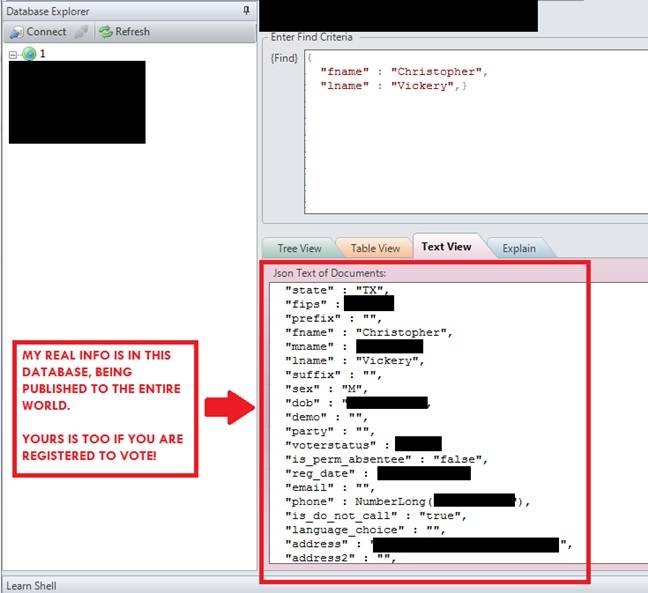The Fraud Tsunami Heads To The Sharing Economy
Fraud in the online world is about to increase dramatically over the next 12 months. With the introduction of Europay, MasterCard, Visa (EMV) chip technology in the United States, card-not-present fraud (CNP) will show a substantial increase, and if the results of EMV adoption in the UK and Australia are any indication, CNP fraud could rise anywhere between 10- to 20%. A recent LexisNexis report outlines how merchants are left liable to online fraudulent activity – with them paying out $3.08 for each dollar lost to fraud.
Think of fraud as water running downhill – it will always follow the path that allows it to flow in the easiest way possible. If you’re still a little skeptical on the proficiency of EMV in combating card present fraud, the facts speak for themselves. Since the United Kingdom introduced EMV technology, counterfeit card losses are at their lowest levels in over 15 years, while card skimming losses in Canada dropped by more than $100 million in three years. Newton’s third law describes the impending results famously: for every action, there is an equal and opposite reaction. As more protections are implemented to combat card present fraud, online fraud will increase accordingly.
This perpetual push-and-pull force that drives fraud forward can be seen in the experiences with EMV implementation in other countries. Findings from Smart Card Alliance Payments Council indicate “one indirect consequence of EMV implementation is an increased incidence of fraud for virtual POS purchases, in what are often referred to as “card-not-present” (CNP) transactions.”
The Low-Hanging Fruit
When it comes to fraud, you definitely don’t want to be caught out on the bottom rung. The Address Verification System (AVS) and Card Security Code (CVV/CV2) controls are extremely common in the industry, but aren’t infallible. 3-D Secure is another option offered by most of the major card providers, but has always suffered from the perception of high abandonment rates. Fraudsters will begin to target online platforms that are a healthy balance between the weakest security measures and the highest gains from their efforts, and unfortunately, this puts the complex environment of online marketplaces — platforms where multiple buyers and sellers are transacting — firmly in their sights.
Unlike online retailers, marketplaces often don’t have the luxury of commanding the sale price. Because of this, fraudsters are able to inflate sale prices to vastly offset any cost or effort involved in overwhelming or outmaneuvering a marketplaces’ security features. While online retailers are only at risk of CNP fraud (and to a lesser extent chargebacks), marketplaces face a broader range of fraudulent methods that are much more sophisticated, and much harder to detect, also encompassing BIN washing, identity theft, account takeover, shill bidding, and phishing scams.
Fraudsters will use any of the above methods either singularly, or in conjunction, in order to defraud a platform and its users. One perfect example of multi-channel fraud on an auction based marketplace model, is shill bidding coupled with CNP fraud. A fraudster will create a seller account and advertise a product. They will then create and operate multiple buyer accounts, placing and increasing bids exponentially. Once the auction has completed, they will fund the sale with stolen card details, and receive the funds from their “sale.”
So What Can Marketplaces Do?
Perhaps the most alarming revelation of all is how few marketplaces are currently educated on fraud trends, capabilities, and methods. The reality is that banks simply accept or deny a payment – the rest is up to the marketplace. Here are four steps to minimize risk of being caught in the fraudsters trap:
Step 1: Education: Knowledge is power. Learning about the latest fraud trends is essential. The Merchant Risk Conference in Las Vegas is a great place to start.
Step 2: Data verification: This can incorporate IP identification and proxy piercing, device fingerprinting, and more basic level user data such as email/mobile/social media.
Airbnb is an example of a marketplace that’s doing a good job in tackling fraud with minimal friction – principally through email and social media verification. They also employ Jumio as an ID verification tool to compare and detect anomalies and ensure that an ID is legitimate and hasn’t been manipulated.
Step 3: Rules Engines: The rules engine is a middleware application that allows you to create rules when tracking and managing fraud. You can perform pre- and post-authorization tests and rules, as well as rules to handle the return results from authorization. This is a must-have for any medium- to large-sized merchant.
Step 4: Chargeback Reporting: The final rung of the ladder against fraud is at the chargebacks layer. It is commonly accepted that up to 1 out of every 100 transactions will result in a chargeback, and 86 percent of these chargebacks are fraudulent. It is also accepted that there is a 1 in 10 chance of the merchant winning the chargebacks – clearly a costly situation for the merchant. Chargeback reporting is so important because they show the merchant what they’ve missed, and allow them to analyze the event, and so better protect against it in the future by implementing risk-based controls.
Marketplaces have a tough game to play; it’s a fine balance between building a platform that thwarts the efforts of fraudsters while maintaining a pleasant and frictionless experience for good users. Although no single security mechanism will protect against all possible fraud scenarios, marketplaces must get clued up on the risks and aware of the options available to help protect themselves. A new dawn of online fraud is upon us and marketplaces must act now, before they are overwhelmed.
Ben heads up risk management and fraud prevention for PromisePay. His main focus is mitigating risk and protecting customers from fraud. He develops and maintains advanced analytic rule sets, utilizing integrated software and search methods to ensure the highest level of … View Full Bio
Article source: http://www.darkreading.com/vulnerabilities---threats/the-fraud-tsunami-heads-to-the-sharing-economy/a/d-id/1323610?_mc=RSS_DR_EDT



